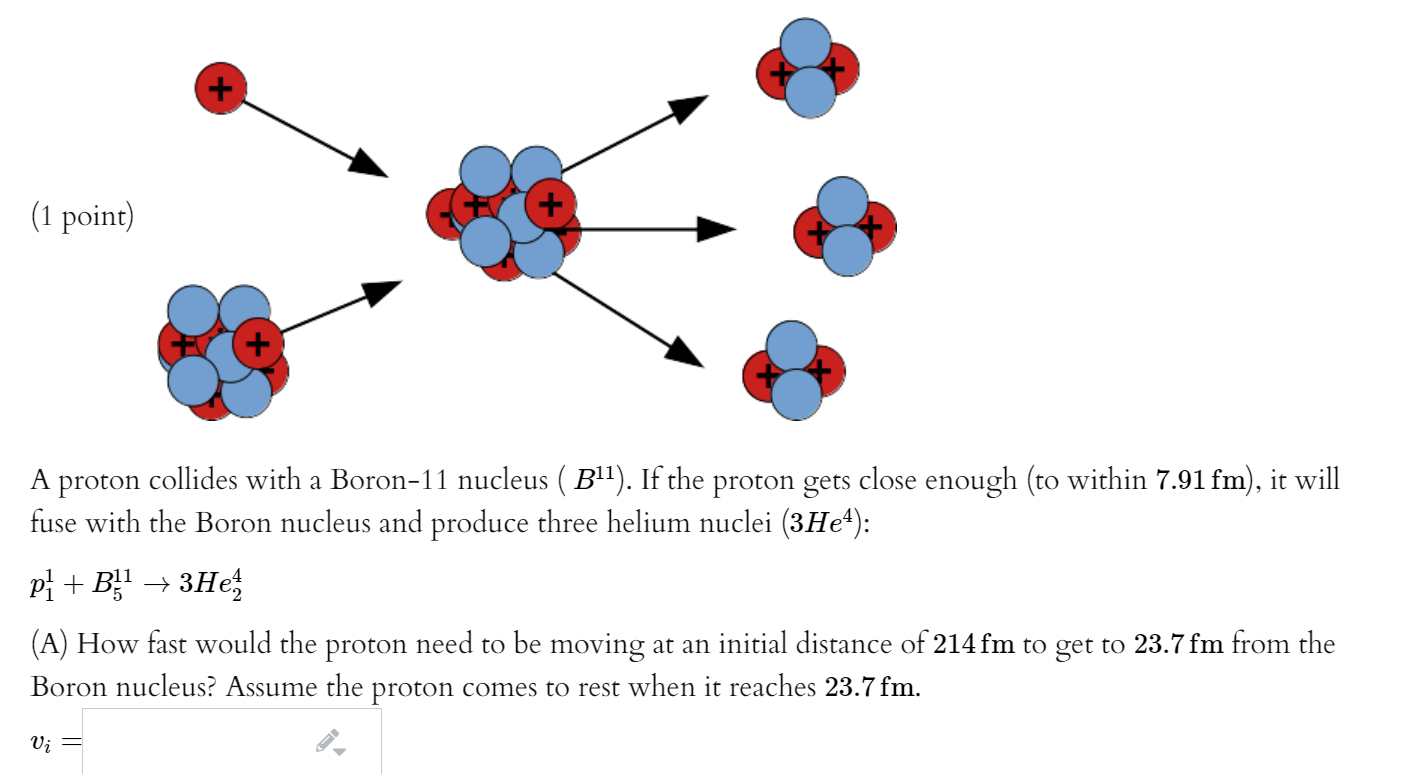

In a counterintuitive finding, the researchers determined that the 11 nucleons in boron-11 actually occupy a smaller volume than the 10 nucleons in boron-10. Looking at how the nuclear configurations of boron-11 ( 11B) and boron-10 ( 10B) differed involved making determinations at extraordinarily small length scales: less than a femtometer - one-quadrillionth of a meter. "This is one of the most complicated atomic nuclei for which it is possible to arrive at these precise measurements experimentally and derive them theoretically," said Argonne nuclear physicist Peter Mueller, who helped lead the study.

Mira is part of the Argonne Leadership Computing Facility (ALCF), a DOE Office of Science User Facility. But trying to solve the nuclear dynamics using QCD alone would be an almost impossible task due to its complexity, and researchers have to rely on at least some simplifying assumptions.īecause boron is relatively light - with only five protons and a handful of neutrons - the team was able to successfully model the two boron isotopes on the Mira supercomputer and study them experimentally using laser spectroscopy. Nuclear theory builds from quantum chromodynamics (QCD), a set of physical rules that apply to quarks and gluons that compose the protons and neutrons within the nucleus. Nuclear charge radii are difficult to compute with high precision for atoms much larger than boron because of the sheer number of neutrons and protons whose properties and interactions must be derived from quantum mechanics. The nuclear charge radius indicates the size of an atomic nucleus - which often has relatively indistinct edges.

Department of Energy's (DOE) Argonne National Laboratory, in collaboration with scientists in Germany and Poland, determined the difference in a quantity known as the nuclear charge radius between boron-10 and boron-11.


 0 kommentar(er)
0 kommentar(er)
